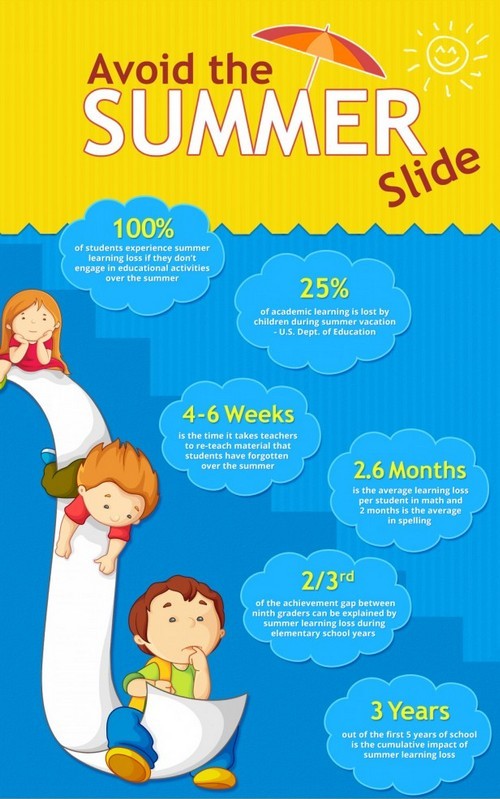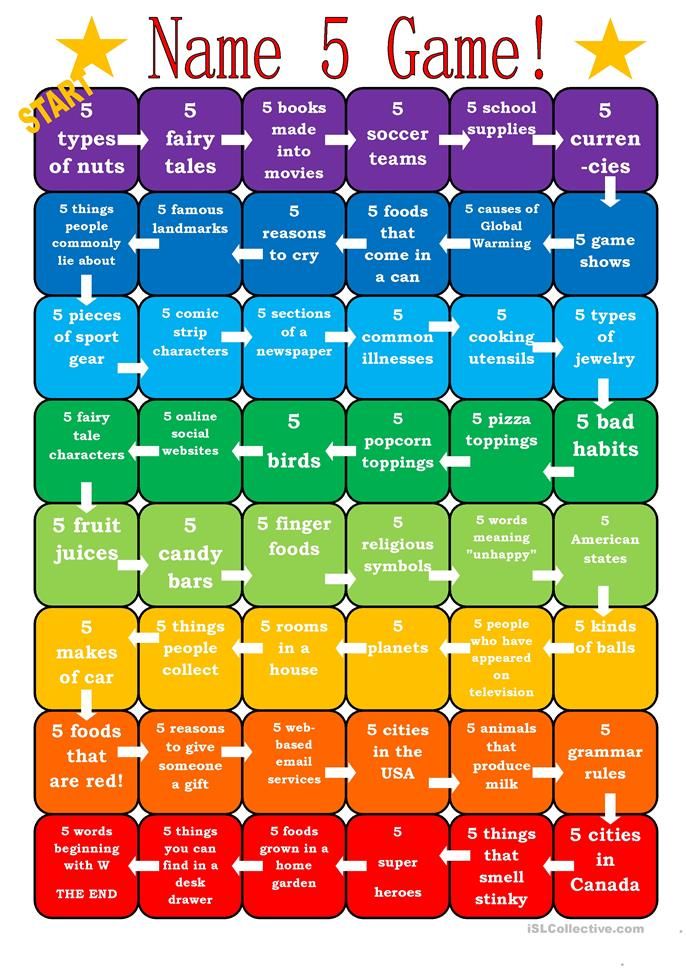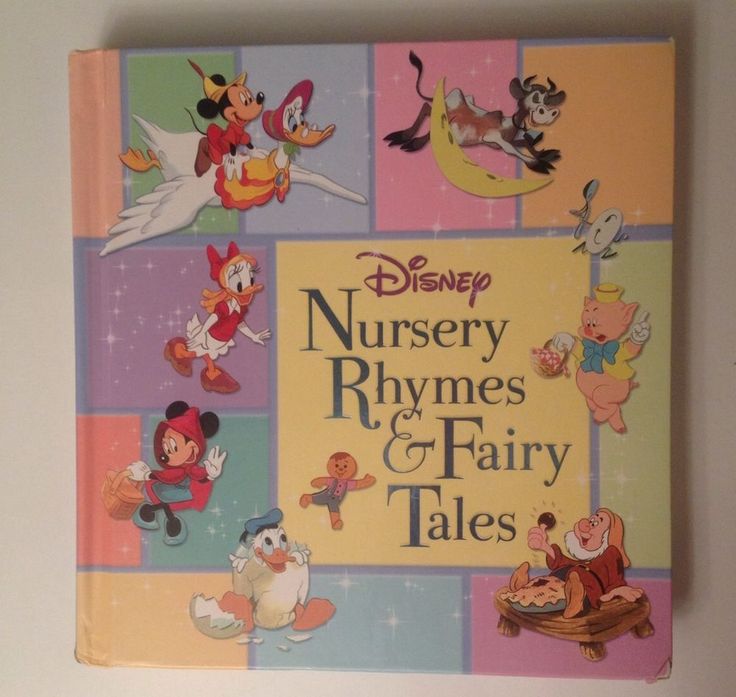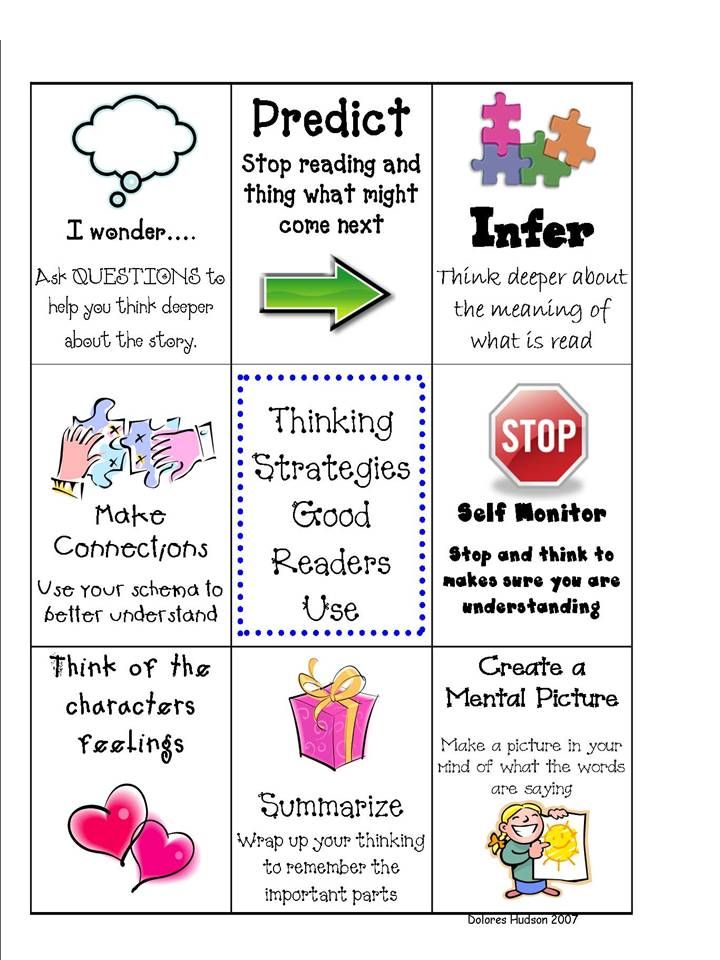How to teach your
9 Fun and Easy Tips
With the abundance of information out there, it can seem like there is no clear answer about how to teach a child to read. As a busy parent, you may not have time to wade through all of the conflicting opinions.
That’s why we’re here to help! There are some key elements when it comes to teaching kids to read, so we’ve rounded up nine effective tips to help you boost your child’s reading skills and confidence.
These tips are simple, fit into your lifestyle, and help build foundational reading skills while having fun!
Tips For How To Teach A Child To Read
1) Focus On Letter Sounds Over Letter Names
We used to learn that “b” stands for “ball.” But when you say the word ball, it sounds different than saying the letter B on its own. That can be a strange concept for a young child to wrap their head around!
Instead of focusing on letter names, we recommend teaching them the sounds associated with each letter of the alphabet. For example, you could explain that B makes the /b/ sound (pronounced just like it sounds when you say the word ball aloud).
Once they firmly establish a link between a handful of letters and their sounds, children can begin to sound out short words. Knowing the sounds for B, T, and A allows a child to sound out both bat and tab.
As the number of links between letters and sounds grows, so will the number of words your child can sound out!
Now, does this mean that if your child already began learning by matching formal alphabet letter names with words, they won’t learn to match sounds and letters or learn how to read? Of course not!
We simply recommend this process as a learning method that can help some kids with the jump from letter sounds to words.
2) Begin With Uppercase Letters
Practicing how to make letters is way easier when they all look unique! This is why we teach uppercase letters to children who aren’t in formal schooling yet.
Even though lowercase letters are the most common format for letters (if you open a book at any page, the majority of the letters will be lowercase), uppercase letters are easier to distinguish from one another and, therefore, easier to identify.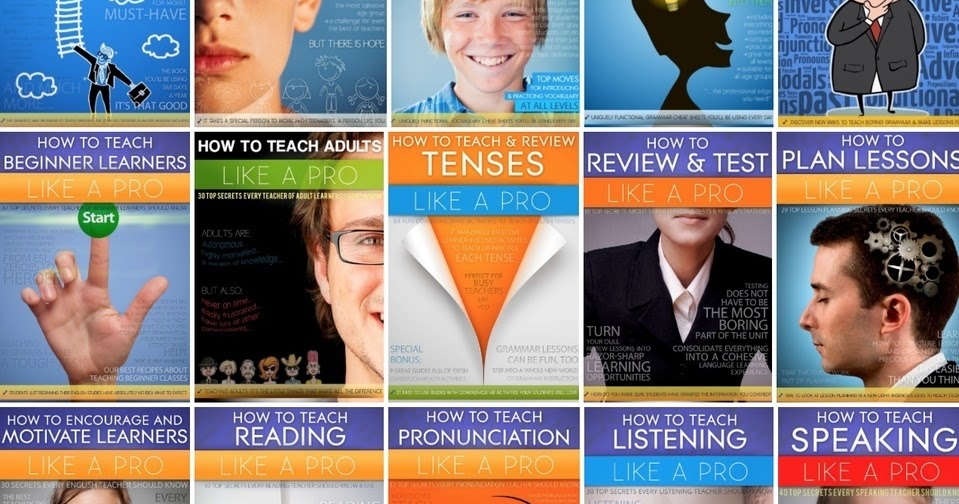
Think about it –– “b” and “d” look an awful lot alike! But “B” and “D” are much easier to distinguish. Starting with uppercase letters, then, will help your child to grasp the basics of letter identification and, subsequently, reading.
To help your child learn uppercase letters, we find that engaging their sense of physical touch can be especially useful. If you want to try this, you might consider buying textured paper, like sandpaper, and cutting out the shapes of uppercase letters.
Ask your child to put their hands behind their back, and then place the letter in their hands. They can use their sense of touch to guess what letter they’re holding! You can play the same game with magnetic letters.
3) Incorporate Phonics
Research has demonstrated that kids with a strong background in phonics (the relationship between sounds and symbols) tend to become stronger readers in the long-run.
A phonetic approach to reading shows a child how to go letter by letter — sound by sound — blending the sounds as you go in order to read words that the child (or adult) has not yet memorized.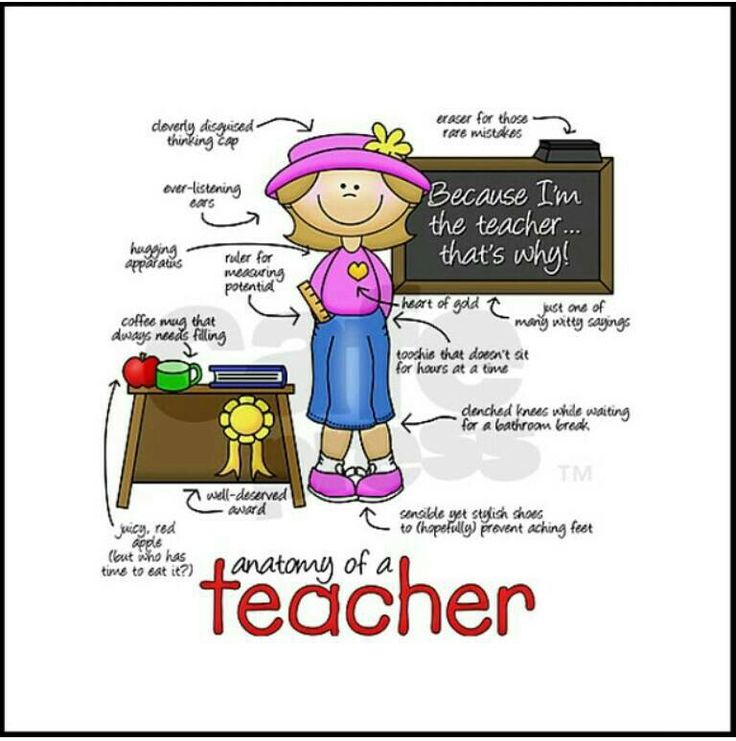
Once kids develop a level of automatization, they can sound out words almost instantly and only need to employ decoding with longer words. Phonics is best taught explicitly, sequentially, and systematically — which is the method HOMER uses.
If you’re looking for support helping your child learn phonics, our HOMER Learn & Grow app might be exactly what you need! With a proven reading pathway for your child, HOMER makes learning fun!
4) Balance Phonics And Sight Words
Sight words are also an important part of teaching your child how to read. These are common words that are usually not spelled the way they sound and can’t be decoded (sounded out).
Because we don’t want to undo the work your child has done to learn phonics, sight words should be memorized. But keep in mind that learning sight words can be challenging for many young children.
So, if you want to give your child a good start on their reading journey, it’s best to spend the majority of your time developing and reinforcing the information and skills needed to sound out words.
5) Talk A Lot
Even though talking is usually thought of as a speech-only skill, that’s not true. Your child is like a sponge. They’re absorbing everything, all the time, including the words you say (and the ones you wish they hadn’t heard)!
Talking with your child frequently and engaging their listening and storytelling skills can increase their vocabulary.
It can also help them form sentences, become familiar with new words and how they are used, as well as learn how to use context clues when someone is speaking about something they may not know a lot about.
All of these skills are extremely helpful for your child on their reading journey, and talking gives you both an opportunity to share and create moments you’ll treasure forever!
6) Keep It Light
Reading is about having fun and exploring the world (real and imaginary) through text, pictures, and illustrations. When it comes to reading, it’s better for your child to be relaxed and focused on what they’re learning than squeezing in a stressful session after a long day.
We’re about halfway through the list and want to give a gentle reminder that your child shouldn’t feel any pressure when it comes to reading — and neither should you!
Although consistency is always helpful, we recommend focusing on quality over quantity. Fifteen minutes might sound like a short amount of time, but studies have shown that 15 minutes a day of HOMER’s reading pathway can increase early reading scores by 74%!
It may also take some time to find out exactly what will keep your child interested and engaged in learning. That’s OK! If it’s not fun, lighthearted, and enjoyable for you and your child, then shake it off and try something new.
7) Practice Shared Reading
While you read with your child, consider asking them to repeat words or sentences back to you every now and then while you follow along with your finger.
There’s no need to stop your reading time completely if your child struggles with a particular word. An encouraging reminder of what the word means or how it’s pronounced is plenty!
Another option is to split reading aloud time with your child. For emerging readers, you can read one line and then ask them to read the next. For older children, reading one page and letting them read the next page is beneficial.
For emerging readers, you can read one line and then ask them to read the next. For older children, reading one page and letting them read the next page is beneficial.
Doing this helps your child feel capable and confident, which is important for encouraging them to read well and consistently!
This technique also gets your child more acquainted with the natural flow of reading. While they look at the pictures and listen happily to the story, they’ll begin to focus on the words they are reading and engage more with the book in front of them.
Rereading books can also be helpful. It allows children to develop a deeper understanding of the words in a text, make familiar words into “known” words that are then incorporated into their vocabulary, and form a connection with the story.
We wholeheartedly recommend rereading!
8) Play Word Games
Getting your child involved in reading doesn’t have to be about just books. Word games can be a great way to engage your child’s skills without reading a whole story at once.
One of our favorite reading games only requires a stack of Post-It notes and a bunched-up sock. For this activity, write sight words or words your child can sound out onto separate Post-It notes. Then stick the notes to the wall.
Your child can then stand in front of the Post-Its with the bunched-up sock in their hands. You say one of the words and your child throws the sock-ball at the Post-It note that matches!
9) Read With Unconventional Materials
In the same way that word games can help your child learn how to read, so can encouraging your child to read without actually using books!
If you’re interested in doing this, consider using PlayDoh, clay, paint, or indoor-safe sand to form and shape letters or words.
Another option is to fill a large pot with magnetic letters. For emerging learners, suggest that they pull a letter from the pot and try to name the sound it makes. For slightly older learners, see if they can name a word that begins with the same sound, or grab a collection of letters that come together to form a word.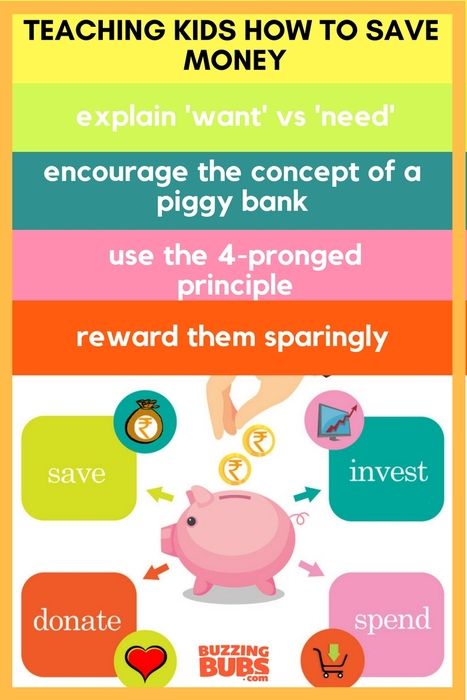
As your child becomes more proficient, you can scale these activities to make them a little more advanced. And remember to have fun with it!
Reading Comes With Time And Practice
Overall, we want to leave you with this: there is no single answer to how to teach a child to read. What works for your neighbor’s child may not work for yours –– and that’s perfectly OK!
Patience, practicing a little every day, and emphasizing activities that let your child enjoy reading are the things we encourage most. Reading is about fun, exploration, and learning!
And if you ever need a bit of support, we’re here for you! At HOMER, we’re your learning partner. Start your child’s reading journey with confidence with our personalized program plus expert tips and learning resources.
Author
How To Teach A Child to Read In 10 Easy Steps
Teaching your child to read can be one of the most rewarding experiences of your life! Here we share 10 tips on how to teach a child to read, from pre-readers all the way to school-age children!
As a former first grade teacher, teaching children to read is one of my greatest passions! But because most children don’t start actually “reading” until around 6 years old (which is upwards of the targeted age range for my blog), I didn’t want parents to feel pressured that their 3-year old needs to start reading (which, by the way, they don’t!).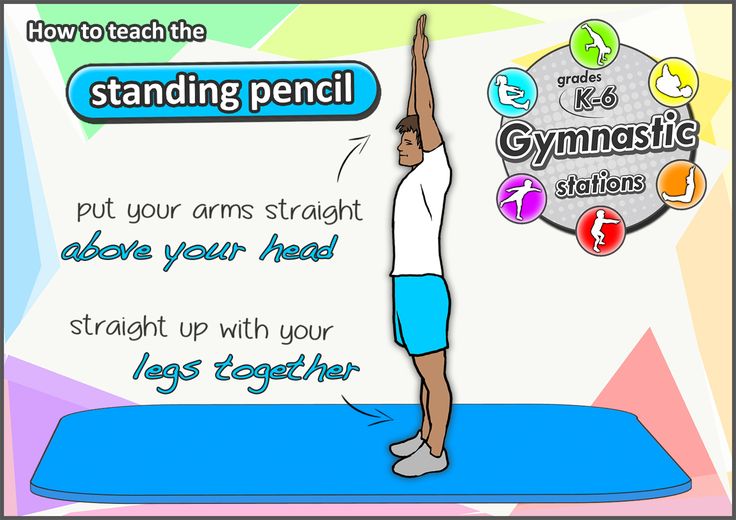 However, the information shared below is general information that is beneficial for children of all ages, whether your child is ready to read or not. Don’t implement all of these strategies at once, nor should you expect your child to be able to do everything right away. Learning to read is a process and the information below is simply for you to implement when you feel your child is ready.
However, the information shared below is general information that is beneficial for children of all ages, whether your child is ready to read or not. Don’t implement all of these strategies at once, nor should you expect your child to be able to do everything right away. Learning to read is a process and the information below is simply for you to implement when you feel your child is ready.
Once your child is ready to begin reading, you will need to find a systematic and explicit program that teaches phonemic awareness and phonics. This is essential. Learning to read is like breaking a cipher code (and contrary to what the title of this post suggests, it is NOT easy). Every child must learn the code and it makes the most sense to teach this explicitly rather than depending on kids figuring it out on their own. Please also recognize that although the suggestions below are labeled as “steps”, they are not necessarily in consecutive order, nor are they in order of importance.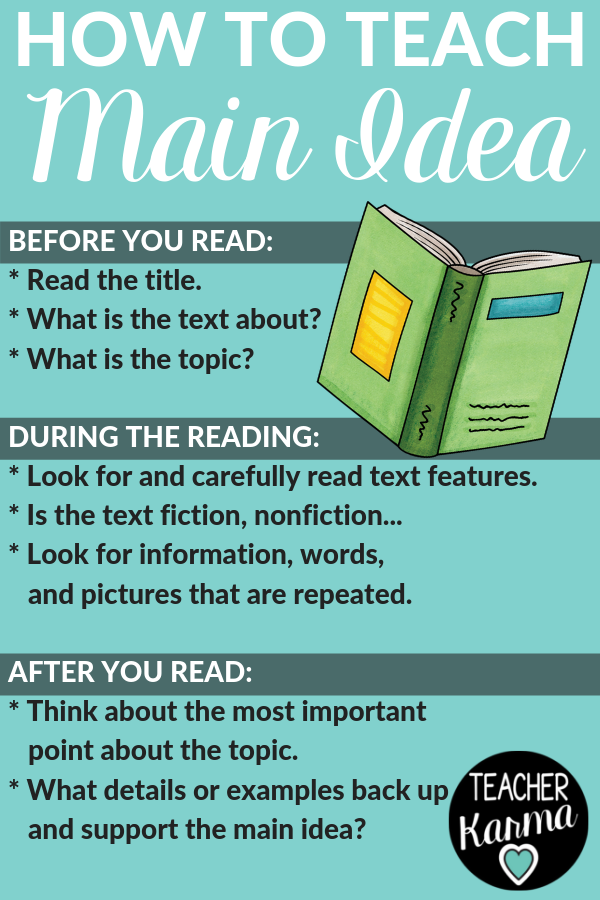 The information you will find here is simply a guide to help you see how each of the components of reading fit together for your pre-reader. If your child is school-aged and you are looking for a curriculum on how to teach a child to read, I highly recommend Pathways to Reading Homeschool.
The information you will find here is simply a guide to help you see how each of the components of reading fit together for your pre-reader. If your child is school-aged and you are looking for a curriculum on how to teach a child to read, I highly recommend Pathways to Reading Homeschool.
How To Teach a Child To Read
1. Read Aloud to your childTeaching your child to read is truly a process that begins at infancy. No, I am most certainly NOT advocating programs that claim to teach your baby to read using flashcards! What I AM encouraging you to do is to begin reading with your newborn within days of welcoming her home! Not only is ongoing reading time building a special bonding time for the two of you, it instills in her a love for books. Enjoyment while reading is one of the single greatest predictors of reading success in school-age children. If children don’t learn from an early age to enjoy reading, it will most likely hinder their ability sometime down the road.
How much you read to your child is completely up to you and your family, but I suggest you aim to read at least 3-4 books a day, even while your child is very young. As she gets a little older and can sit for longer stretches of time, make it a family goal to read together for at least 20-minutes each day.
Here are a few suggestions for the types of books to read to your child. But by all means, read whatever your child responds to and enjoys!
- Birth-1 Year: Lullabies, Board Books (with real pictures), Cloth Books (with various textures), Song Books
- 1 Year-3 Years: Rhyming Books, Song Books, Short-Story Board Books
- 3 Years-5 Years: Alphabet Books, Song Books, Picture Books, Rhyming Books
2. Ask questions
Asking questions while reading to your child is not only great for encouraging your child to interact with the book, but it is also extremely effective in developing his ability to comprehend what he is reading. You see, if our main objective in “reading” is getting our child to “sound out” words, we have missed the boat entirely. Even children who can decode words and “read” with great fluency still might not be able to comprehend what they are reading. If a child can’t comprehend what he is reading, there really is no point to reading at all!
You see, if our main objective in “reading” is getting our child to “sound out” words, we have missed the boat entirely. Even children who can decode words and “read” with great fluency still might not be able to comprehend what they are reading. If a child can’t comprehend what he is reading, there really is no point to reading at all!
While your child is a baby, ask him questions such as, “Do you see the cat?” while pointing at the picture of the cat. This will not only develop his vocabulary, it will also encourage him to interact with the book that he is reading. As he gets older, ask him to point to things in the book himself and make the noises of the animals he sees.
Once your child is about 2 or 3-years of age, begin asking questions before, during, and after reading the book. Show your child the cover of the book and ask him what he thinks the story is going to be about (predicting). While reading, ask him what he thinks is going to happen in the story or why he thinks a character made a particular choice (inferring).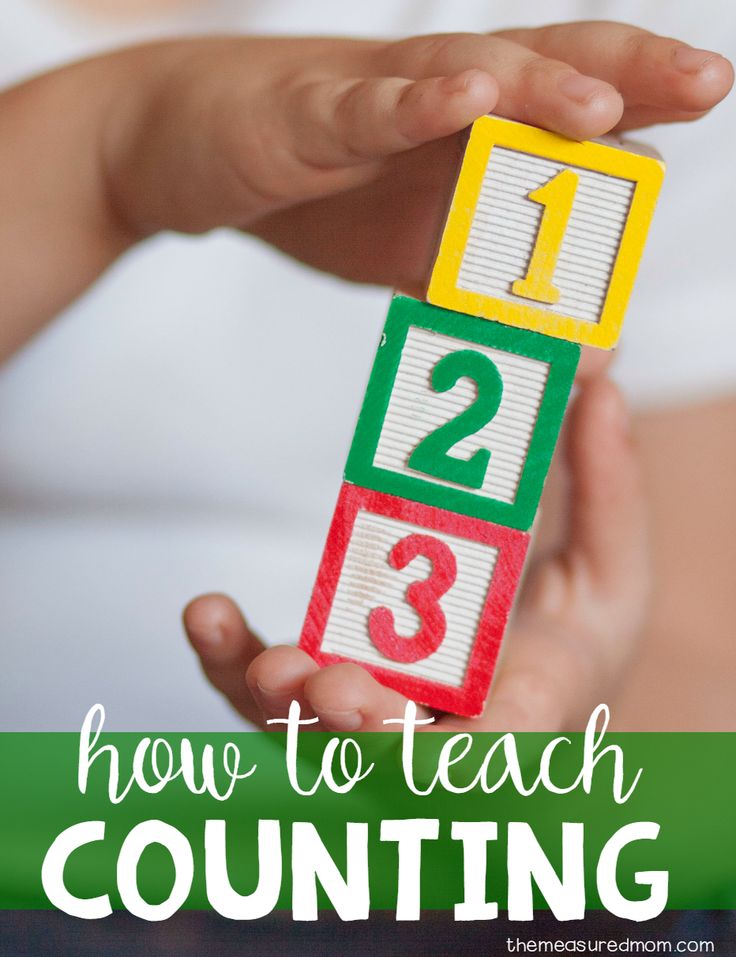 If a character is depicting a strong emotion, identify that emotion and ask your child if he has ever felt that way (connecting). At the end of the book, ask if his prediction(s) came true. Afterwards, ask him to tell you what he remembered happening in the book (summarizing).
If a character is depicting a strong emotion, identify that emotion and ask your child if he has ever felt that way (connecting). At the end of the book, ask if his prediction(s) came true. Afterwards, ask him to tell you what he remembered happening in the book (summarizing).
Modifying each of these techniques during read-alouds to meet the developmental stage of your child is a great way to promote and increase reading comprehension!
3. Be a good (reading) example
Even if your child is fascinated with books from an early age, her fascination will quickly dwindle if she does not see reading modeled in her home. If you are not an avid reader yourself, make a conscious effort to let your children see you reading for at least a few minutes each day! Read a magazine, a cookbook, a novel, your Bible…it’s up to you! But show your child that reading is something that even adults need to do. If you have a son, share this article with your husband. Sons need to see their fathers read, especially since it is not something that young energetic boys are naturally prone to doing.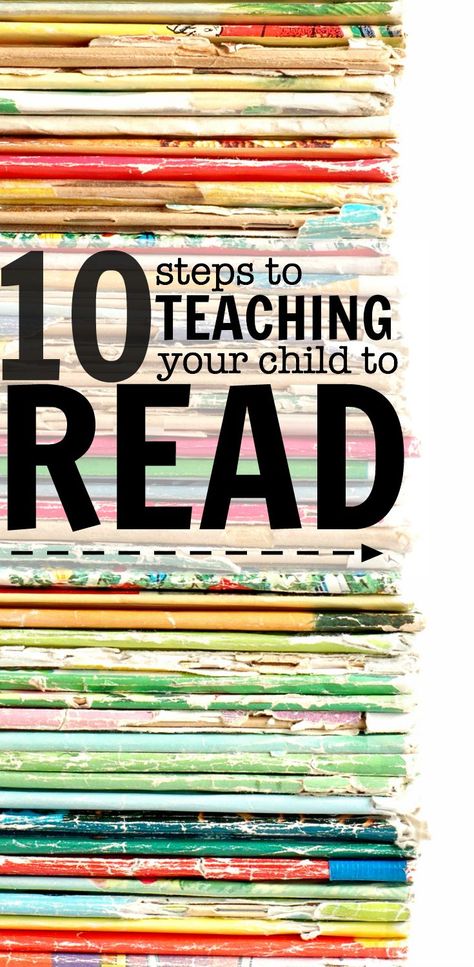
As parents, we can sometimes get wrapped up with what exactly our children should be doing to be successful. But we often forget that children often learn by example. Grab a book and take a load off…for your child’s sake, of course!
4. Identify letters in natural settingsBefore our boys were born, we painted and hung large wooden letters spelling their name above the cribs as a decorative accent in their rooms. I would have never guessed that those wooden letters would have such a learning incentive for Big Brother! Around age 2.5, he began asking what letters were above his name. That’s honestly how he learned to spell his name…and he can spell his brother’s name too because he has taken an interest in his letters as well. In technical terms, this is called “environmental print” and includes all of the print we are surrounded by–fast food signs, labels, traffic signs, clothing, magazines, etc.
Often times, we want to force our children to learn letter names by a certain age. We buy flashcards or DVDs claiming to teach our children their letters. We drill our 2-year old over and over for minutes on end. Don’t buy into this…allow your kid to be a kid and take advantage of the “teachable moments” as they come along! Children’s minds are like sponges and are certainly capable of memorizing the alphabet from drilling, but that’s not the most effective method that will produce the best long-term results. Your child will be curious about the print he sees around him and will ask questions. That’s your chance to jump in with a practical application that actually has real meaning and significance to your child.
We buy flashcards or DVDs claiming to teach our children their letters. We drill our 2-year old over and over for minutes on end. Don’t buy into this…allow your kid to be a kid and take advantage of the “teachable moments” as they come along! Children’s minds are like sponges and are certainly capable of memorizing the alphabet from drilling, but that’s not the most effective method that will produce the best long-term results. Your child will be curious about the print he sees around him and will ask questions. That’s your chance to jump in with a practical application that actually has real meaning and significance to your child.
Don’t misunderstand me and think that I don’t think learning the alphabet is important. It is certainly important…but the method in which we teach them is even more important! Always keep in mind that our ultimate goal is to foster a lifelong learner who loves to read, not a child who has simply memorized without any significance.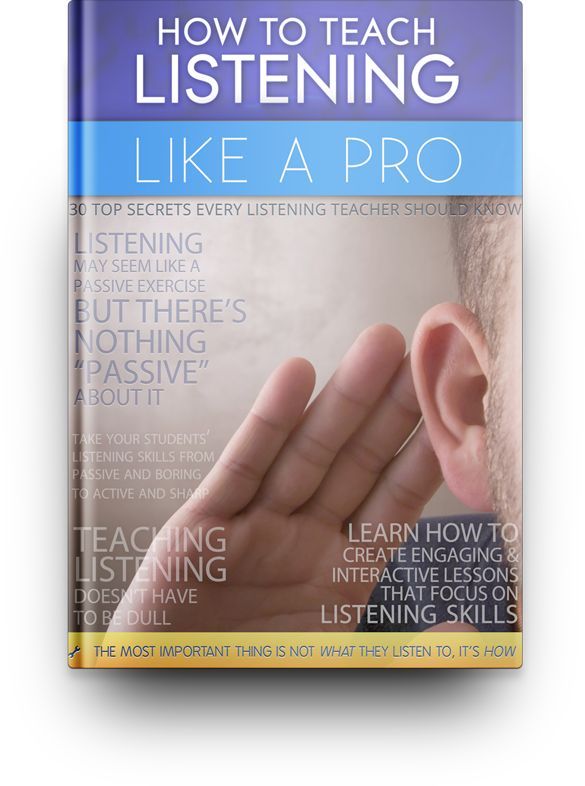
5. Incorporate multiple domains of development
Children learn best when multiple senses or areas of development are included. That’s why hands-on learning produces longer retention and more meaningful application. Once your child has shown an interest in letters and you have already begun to utilize natural settings for identifying those letters, begin implementing activities that incorporate as many senses as possible. Keep in mind that learning letter names isn’t nearly as important as learning their sounds!
There are a plethora of ways to incorporate multiple domains of development in regards to letter recognition and early-reading skills. Alphabet crafts allow your child to learn the shape of a letter along with an association of the sound it makes all the while utilizing fine motor skills in the process of cutting, gluing, and creating! Playing games that involve gross motor skills (like tossing beanbags on the appropriate letter) are also wonderful ways to include movement.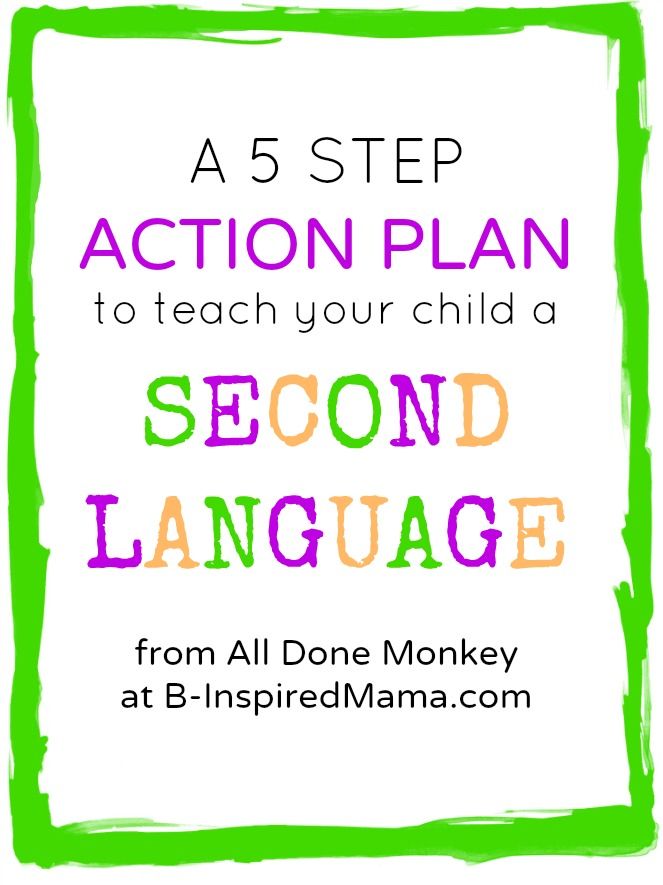 Of course, every child loves songs and rhymes! Take an inventory of your child’s strengths and areas of interest and target activities to fit them!
Of course, every child loves songs and rhymes! Take an inventory of your child’s strengths and areas of interest and target activities to fit them!
Once your child is around 5 and can recognize the difference between real and make-believe, I would suggest starting to help your child understand various genres of books during your reading time together. This might seem complicated, but it’s really not. There are around 5 different genres of children’s books that I would encourage you to point out to your little one. Of course you can use the term “type” rather than “genre” if that is easier to remember.
- Nonfiction (real stories or facts about animals, places, people, etc)
- Fantasy (make-believe, can’t happen in real life because of magic, talking animals, etc)
- Realistic Fiction (a made-up story, but it could technically happen in real life because the characters and situations arebelievable)
- Alphabet Books
- Song Books
When children classify a book into a certain genre, they have to first summarize the book in their head and recall details.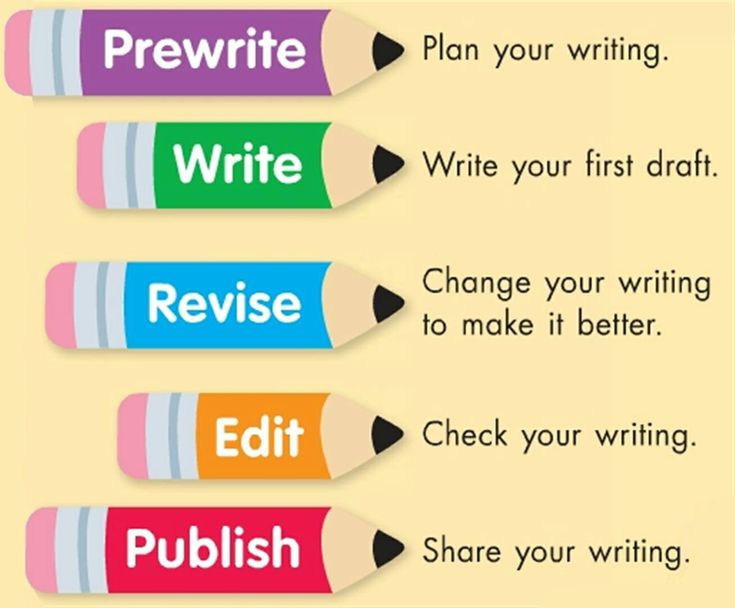 Then they have to use that information to decide which type of genre that particular books fits into. Finally, your child will be recalling details from other books in the same genre, making connections between the two. This simple activity that might take 5-10 seconds of your time after reading a book but it certainly packs a punch of thought and processing in that young brain!
Then they have to use that information to decide which type of genre that particular books fits into. Finally, your child will be recalling details from other books in the same genre, making connections between the two. This simple activity that might take 5-10 seconds of your time after reading a book but it certainly packs a punch of thought and processing in that young brain!
Also, it’s important to note that not all books will fit into one of these genres, especially books that are considered “phonics readers.” I would suggest that you do this exercise only with high-quality children’s literature, not with books that are attempting to get your child to “sound-out” on their own. Most picture books found in children’s libraries will fit into one of these genres.
Remember, our goal is for our children to learn to comprehend what they’re reading…otherwise reading will honestly do them little good. When we encourage our children to think about and process the book we’ve just read together, we are inadvertently modeling what we hope they’ll one day do independently!
7.
 Focus on Phonemic Awareness and Phonics
Focus on Phonemic Awareness and Phonics“Phonemes” are the smallest sounds in the English language (go here for a complete list of phonemes). These sounds are made up of consonants, short vowels, long vowels, and digraphs. “Phonemic Awareness” consists of learning those sounds and how to manipulate them within a word. Digraphs are unique sounds comprised of individual letters like /th/, /sh/, /ch/, etc.
“Phonics” includes learning how to spell those sounds and the various rules that the English language follows. Learning the rules of phonics is an essential tool that helps a child learn to decode and spell. I used the Pathways To Reading program in the classroom as my phonemic awareness and phonics program and loved it! It made learning all of the tricky spellings so much fun! Pathways now has a homeschool version, which is amazing!
9. Decoding
Decoding is often referred to as “sounding it out.” Once your child knows the sounds each letter makes (which is taught in real, meaningful situations), she is ready to begin putting words together.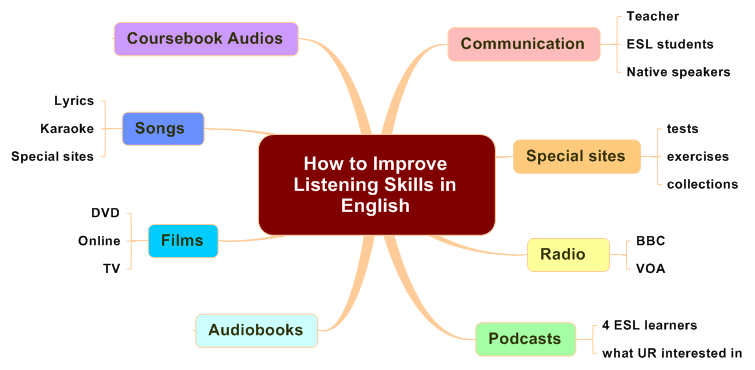 Decoding is a process that requires strong phonemic awareness skills and gives way to orthographic mapping, the process by which words are stored as “sight words” in long-term memory.
Decoding is a process that requires strong phonemic awareness skills and gives way to orthographic mapping, the process by which words are stored as “sight words” in long-term memory.
As children decode words with more frequency, they will become more proficient at automatically identifying that word. Researchers say it can take between 1-4 exposures of decoding before a word is transferred to long-term memory for automatic retrieval. Sometimes this task is tedious, and can’t be short-changed, so it’s important to find creative ways to make it fun. When I taught first grade, I used to buy little finger puppets that my students could use to point to the letters as they were decoding. This was a huge hit and made this process so much fun!
| Find these finger puppets and more at Oriental Trading |
10. Use a reading program with explicit, systematic instruction once he/she is in kindergarten and beyond
Most of the skills up to this point are what I would consider “pre-reader” skills that we, as parents, can work on during our child’s earliest years to make the process of learning to read much easier for our children. Once your child reaches school-age, be sure that you are using a program rooted in the science of reading, with explicit and systematic instruction in both phonemic awareness and phonics. If your child is headed to school, ask to look over the curriculum to ensure it is strong in these areas specifically. Some children will naturally learn the phonetic code more easily than others, as Nancy Young’s Reading Ladder suggests, but ALL children benefit from early code-based instruction.
Once your child reaches school-age, be sure that you are using a program rooted in the science of reading, with explicit and systematic instruction in both phonemic awareness and phonics. If your child is headed to school, ask to look over the curriculum to ensure it is strong in these areas specifically. Some children will naturally learn the phonetic code more easily than others, as Nancy Young’s Reading Ladder suggests, but ALL children benefit from early code-based instruction.
There is no better foundational reading program, in my opinion, than Pathways to Reading. The original curriculum has been used in classrooms and clinical settings for the last 20 years. The program has been involved in numerous research studies, showing statistically significant results. Pathways to Reading Homeschool now offers their groundbreaking curriculum for home educators, starting with Basic Foundational Reading (which is the equivalent of kindergarten-age instruction). All 5 areas of reading instruction, as identified by the National Reading Panel, are incorporated: Phonemic Awareness, Phonics, Vocabulary, Fluency, and Reading Comprehension. This is such an incredible resource for families and I can’t recommend it highly enough!
All 5 areas of reading instruction, as identified by the National Reading Panel, are incorporated: Phonemic Awareness, Phonics, Vocabulary, Fluency, and Reading Comprehension. This is such an incredible resource for families and I can’t recommend it highly enough!
Learning To Read is a Journey
In summary, here are some practical suggestions you can implement every day based on the learning to read strategies shared with you in this post. Obviously, you can’t implement all of these suggestions with children of all ages, so use your judgement about what is the best way to teach a child to read.
- Read to your child every day!
- Ask your child questions before, during, and after reading.
- Let your child see you reading.
- Look for letters while out and about and in the environment around you.
- When teaching letters and letter sounds, incorporate as many senses as possible.
- Read a variety of books and make a game out of guessing the genre.

- Have fun rhyming
- Play these oral phonemic awareness games together (no materials required)
- Encourage your child to sound out short words (consonant, vowel, consonant).
- Most of all, have fun together!
How to teach your child to live in the human world | Methodical development (Grade 2):
"How to teach your child to live in the world of people"
"Treat others the way you would like them to treat you - this is the surest way to please people, which I am I know".
(F. Chesterfield)
Assembly tasks:
1. Discuss with parents the problems of student behavior at school and at home.
2. To form in parents an understanding of the significance of this problem for the formation of the character of their child, his views.
3. Find ways to overcome problems in children's communication.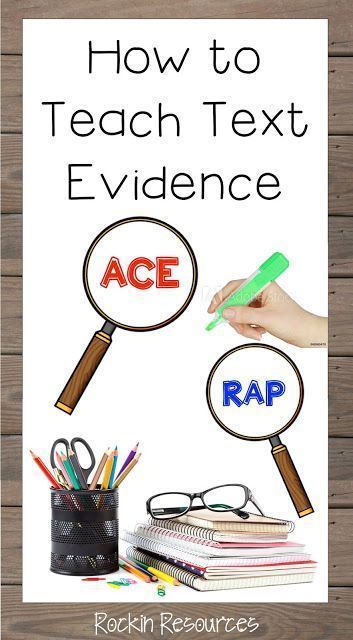
Preparatory work:
- questioning students to identify problems in communicating with adults and children;
Form: Discussion club
Questions for discussion:
— What does it mean to be a cultured person?
- Criteria of personality culture.
— The role of communication in a person's life
The course of the meeting:
The explanatory dictionary edited by S.I. Ozhegov says that a well-mannered person is a person who knows how to behave well.
Who do we consider educated? Is it possible to consider each person well-mannered, educated and cultured?
Education in itself does not predetermine good breeding, although it creates favorable conditions for this.
The family should teach the child not only the laws of human existence, but also the laws of living together. The child is extremely imitative and learns those behavior patterns that his family lays down. If every day a child observes rudeness and rudeness, deceit and indifference, double-dealing and chameleonism, if the parents are blinded by the greed and will not sacrifice anything for this. If a child learns in a family to paint life only with black colors, no matter how hard the school and teachers try, it is difficult to help such a child live according to the laws of goodness. The family must teach not only the laws of human existence, but also the laws of living together.
If a child learns in a family to paint life only with black colors, no matter how hard the school and teachers try, it is difficult to help such a child live according to the laws of goodness. The family must teach not only the laws of human existence, but also the laws of living together.
The child should know when to turn the music on and off in the house, how to behave in public places, how to talk to a stranger, how to behave in transport, etc. Class hours and hours of communication were devoted to these issues in the class. But we always have to return to the problems of human culture, because life itself is built on them.
PERSONALITY CULTURE includes:
— Culture of appearance
— Culture of communication
— Culture of speech
- Life culture
Discussion of the results of the students' survey.
CULTURE OF PERSONALITY - includes several aspects:
1. Culture of appearance - is perceived as an integral characteristic of personality. Often a child seems cute not because of physical beauty, but because of the charm, which lies in a pleasant, kind, cheerful expression on his face. However, sometimes some children make faces when communicating, wrinkle their forehead and nose, raise their eyebrows high, and capriciously stretch their lips forward. Adults need to be told that this is bad, ugly, that he is becoming unlike himself.
Often a child seems cute not because of physical beauty, but because of the charm, which lies in a pleasant, kind, cheerful expression on his face. However, sometimes some children make faces when communicating, wrinkle their forehead and nose, raise their eyebrows high, and capriciously stretch their lips forward. Adults need to be told that this is bad, ugly, that he is becoming unlike himself.
2) The culture of communication includes the ability to correctly navigate the situation and select phrases, taking into account who, why, what and how to say. Entering into communication, each person selects words that help to establish and maintain "feedback" with the interlocutor. The art of communicating with people, in addition to the ability to speak, carry on a conversation, also includes the ability to listen carefully to the interlocutor. Interrupting a person, preventing him from speaking to the end was considered and is considered the height of tactlessness.
3) The culture of speech is another component of the culture of behavior.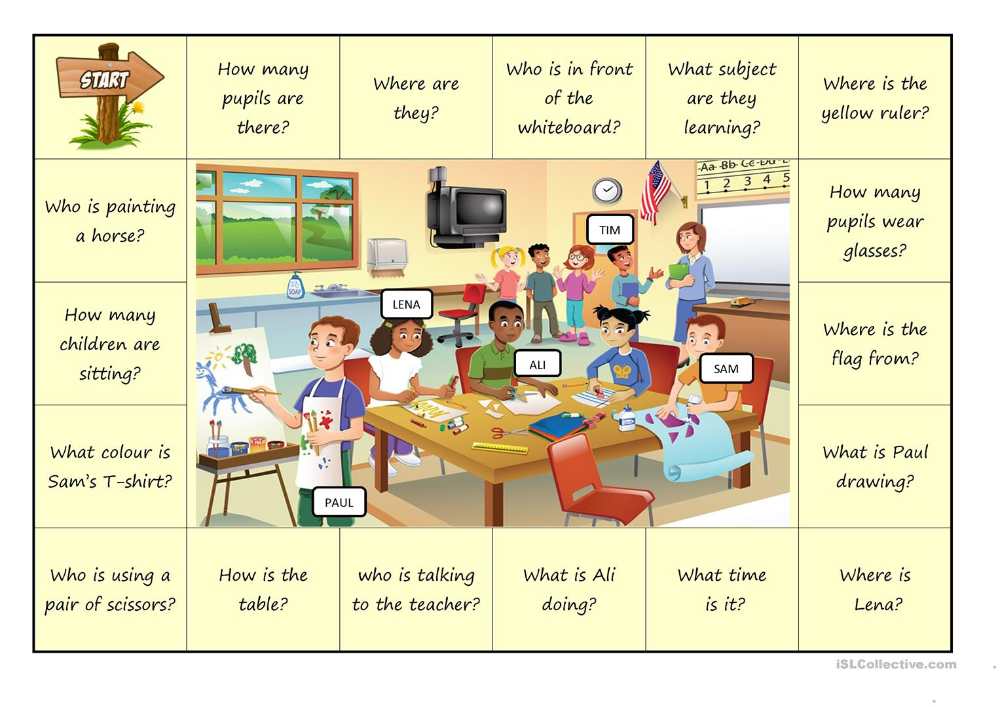 It is considered as mastery of the norms of oral and written language. How a person owns this means of communication is judged by the level of his upbringing.
It is considered as mastery of the norms of oral and written language. How a person owns this means of communication is judged by the level of his upbringing.
4) Culture of everyday life
Developing social and everyday skills, parents use the word, influence on the child by personal example, encouragement, explanations, advice. Along with this, it is necessary to correctly combine verbal instructions with the correct organization of the environment. To create conditions for the child at home that would contribute to the formation of the necessary skills. In this case, it is necessary to take into account age characteristics. It is impossible to demand from a child what is beyond his strength, but at the same time it is necessary to give him the opportunity to do what is available to him.
Note to Parents
1. Do not show your child ostentatious politeness and sensitivity. Very soon, he will begin to imitate you and act in this way, first of all, in relation to yourself.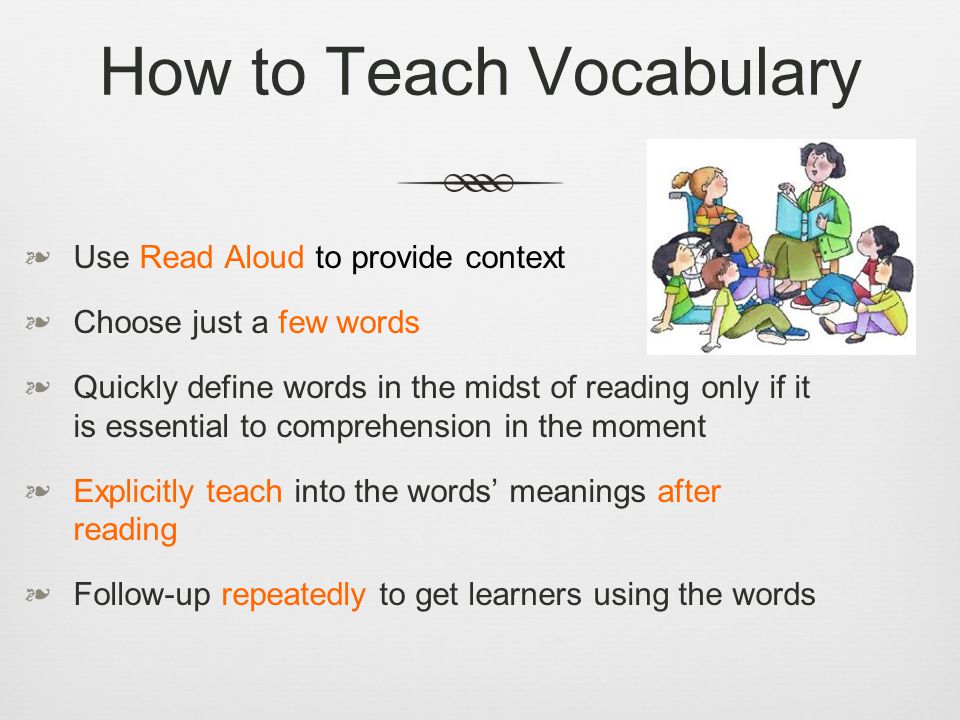 Do not be rude and do not use foul language yourself. Your habit will become your child's habit.
Do not be rude and do not use foul language yourself. Your habit will become your child's habit.
2. Do not be rude or use foul language yourself. Your habit will become your child's habit. Do not talk about other people badly and disrespectfully. If you set an example in this for your child, expect that very soon he will say the same about you. Be tactful towards other people. This is a lesson in kindness and humanity for your child. Don't be afraid to apologize to someone in front of your child. At this moment, you do not lose anything, only gain the respect of your child. Show nobility even when you really don’t want to show it, teach this quality to your child. Remember that behavior is a mirror that reflects the true appearance of each. "What is good and what is bad"
Game “If…”
1) If a child is constantly criticized, he learns to … (to hate).
2) If a child lives in enmity, he learns ... (to be aggressive).
3) If he grows up in reproaches, he learns . .. (to live with guilt).
.. (to live with guilt).
4) If in tolerance, he learns ... (to understand others).
5) If he is praised, he learns ... (to be noble).
6) If he grows in honesty, he learns ... (to be fair).
7) If he is safe, he learns … (to trust people).
8) If a child is supported, he learns to … (value himself).
9) If a child is ridiculed, he learns ... (to be withdrawn).
10 If) a child lives in understanding and friendliness, he learns… (to find love in this world).
As often as possible, tell your child that he is kind, beautiful, smart, nice, open, kind-hearted, soft, pliable, rude, angry, cruel, balanced, restless, quiet, noisy, restless, greedy, hidden, affectionate , inquisitive, curious, frank, truthful, demanding.
We all have choices in how we raise our children. But it depends on you to a greater extent how your child will grow up, how he will enter adulthood. The school and teachers will help him become educated, cultured, help him find a way out of difficult situations. It is important to remember that the real actions and behavior of parents, and not their words and moralizing, have the greatest influence on the formation of a child's personality.
It is important to remember that the real actions and behavior of parents, and not their words and moralizing, have the greatest influence on the formation of a child's personality.
REMEMBER: YOU ARE THE CHIEF EDUCER, YOU ARE THE EXAMPLE.
Questionnaire for students
Questionnaire 1
Do you consider yourself a cultured person? If yes, then mark in this list those actions that you consider decent with a “+” sign, those actions that you consider indecent with a “-” sign
Shout loudly
Fight
Interrupt another person in a conversation
Write off from someone else's notebook during a test
Ask inappropriate questions
Swist
Sour
greedy
Gossip
Yabede
Lie
To be friends
if someone is offended by
To be silent if someone committed a bad act
to bother people with people with questions
Envy someone
Complain about anyone
Be indifferent to someone else's misfortune
Questionnaire 2
Continue the sentences:
A good person is one who is ____________________________________
An evil person is one who is _______________________________________
An honest person is one who is ___________________________________
A truthful person is one who is ________________________________
A cruel person is one who is 900 ________________________________________________ A rude person is one who ____________________________________
Parent meeting "How to teach your child to live in the world of people.
 "
"
Parental meeting
"How to teach your child to live in the world in the world in the world."
2017 г.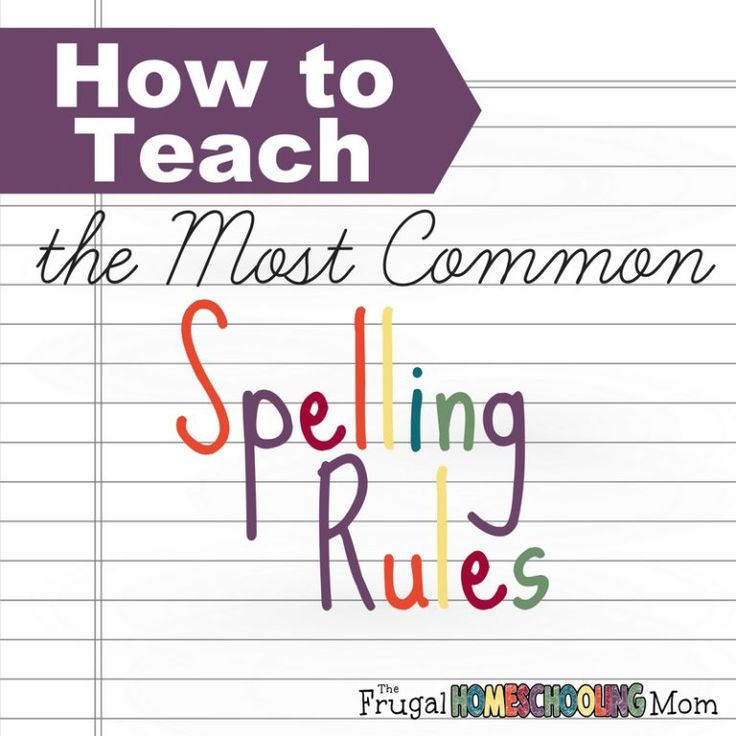
“Politicality generates and causes courtesy"
E. Rotterdam.
Meeting objectives:
school and at home.
2. To form in parents an understanding of the significance of this problems for the formation of the character of their child, his views.
3. Involve parents in their children's school life.
Conduct form:
Discussion Club
meeting:
1. Questioning of children and parents on the problem assembly.
2. Selection of situations for discussion.
3. Reminder for parents on education of culture behavior in children.
Equipment: meeting script, meeting presentation, questionnaires for parents and children, memo for parents, situations for discussion, questions for discussions, "cinquain".
Proceedings of the meeting
Good evening, dear parents, colleagues! Today's parent meeting devoted to the topic: "How to teach your child to live in the world of people".
In the explanatory dictionary edited by S.I. Ozhegov it is said, that a well-mannered person is a person who knows how to behave well.
Today we Once again we return to the conversation about the upbringing of our children. We will lead a conversation about how to help our children become what we want them to be: smart, kind, responsive, polite.
So, an integral part of the moral education of schoolchildren is culture behavior.
Adult tasks in fostering a culture of behavior in children:
1. Raising respect for people.
Raising respect for people.
2. Formation of rules of conduct and good manners at a party, at home, on the street, in in public places.
3. Raising a culture of communication and a culture of speech in a child.
Education respect for people is carried out mainly through family education. What are the relations in the family, such will be the attitude of children towards you and others. What the child sees every day in the family, then he will definitely transfer it into adulthood.
Education in itself does not predetermine upbringing, although it creates favorable conditions for this. upbringing person, his good manners, his respect for other people and himself starts in childhood.
The child is extremely imitative and learns those patterns behaviors that are laid down by his family. If every day a child watches rudeness and rudeness, deceit and indifference, double-dealing and chameleonism, if parents are blinded by the greed for profit and will not sacrifice anything for this. If the child learns in the family to draw life only in black colors, no matter how hard she tries school and teachers - it is difficult to help such a child live according to the laws of goodness.
If the child learns in the family to draw life only in black colors, no matter how hard she tries school and teachers - it is difficult to help such a child live according to the laws of goodness.
Remember:
- Your child can easily recognize your ostentatious politeness and sensitivity - imitating, he will return them to you very soon.
- Do not be rude and do not use foul language: your habits will become the habits of a child.
- Do not talk about people disrespectfully, badly - the child will respond like that about you.
- Treat others tactfully - this will be a lesson for your child in kindness and humanity.
- Show nobility under any circumstances.
Rules of conduct and good manners at home and in public a lot is said and written in places. Children know that it is impossible: to shout loudly, fight, interrupt another person in a conversation, write off from someone else's notebook, ask inappropriate questions, whistle, be greedy, lie, be silent if someone committed a bad deed, to envy someone, to be indifferent to someone else's misfortune, impose on friends, etc. But many of them do not follow these norms of behavior. on practice.
But many of them do not follow these norms of behavior. on practice.
Why, knowing the norms of behavior, children, and sometimes parents do not fulfill them?
Information for reflection.
1. Children just don't know some rules. However, ignorance of the rule is a simple and easily correctable reason.
2. They don't know how to do them correctly. Means, they have not developed a habit formed by repeated exercises
3. Sometimes a child knows the rules of behavior, knows how to do them, but…doesn't do it. This is most likely due to their lack of willpower to achieve something.
4. Guys often do not follow the rules, unnecessary, unimportant, that they were simply invented by adults.
And what do we mean by the word "ethics" and by the concept of "culture of personality"?
Personal culture includes several aspects:
1) The culture of appearance is one of the components of the behavior of culture.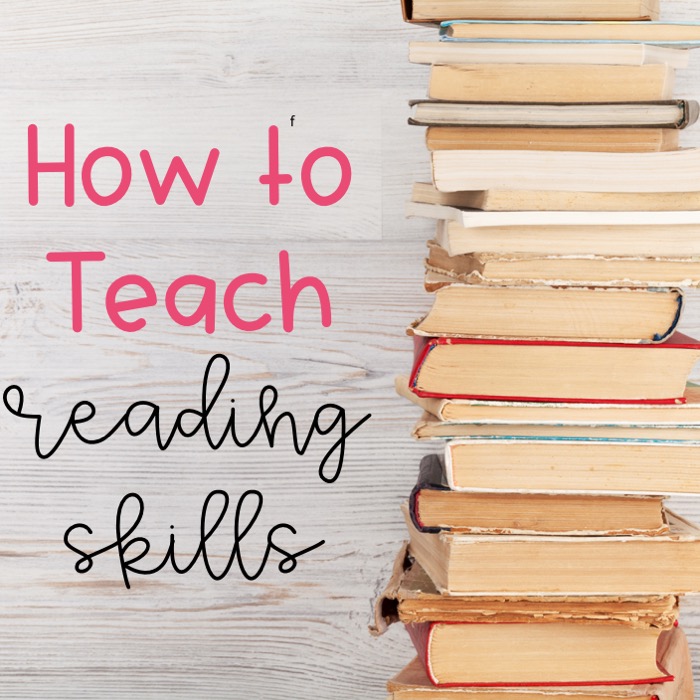 Appearance person plays an important role in the practice of communication. Start building a culture appearance is necessary with elementary accuracy, cleanliness, inculcation of sanitary - hygiene standards. Work on the education of a culture of appearance is carried out in two directions: developing a correct understanding of external and internal beauty human and teaching children the art of being attractive, arming them with knowledge specific ways to “create yourself”, i.e., so that the student realizes “that everything should be beautiful in a person: both the face, and clothes, and the soul, and thoughts.
Appearance person plays an important role in the practice of communication. Start building a culture appearance is necessary with elementary accuracy, cleanliness, inculcation of sanitary - hygiene standards. Work on the education of a culture of appearance is carried out in two directions: developing a correct understanding of external and internal beauty human and teaching children the art of being attractive, arming them with knowledge specific ways to “create yourself”, i.e., so that the student realizes “that everything should be beautiful in a person: both the face, and clothes, and the soul, and thoughts.
situations and select phrases taking into account who, why, what and how to say. Entering into communication, each person selects words that help establish and maintain "feedback" with the interlocutor.
Adults also play a big role in cultivating a culture of behavior in in public places. As an example, they must first of all look after their behavior.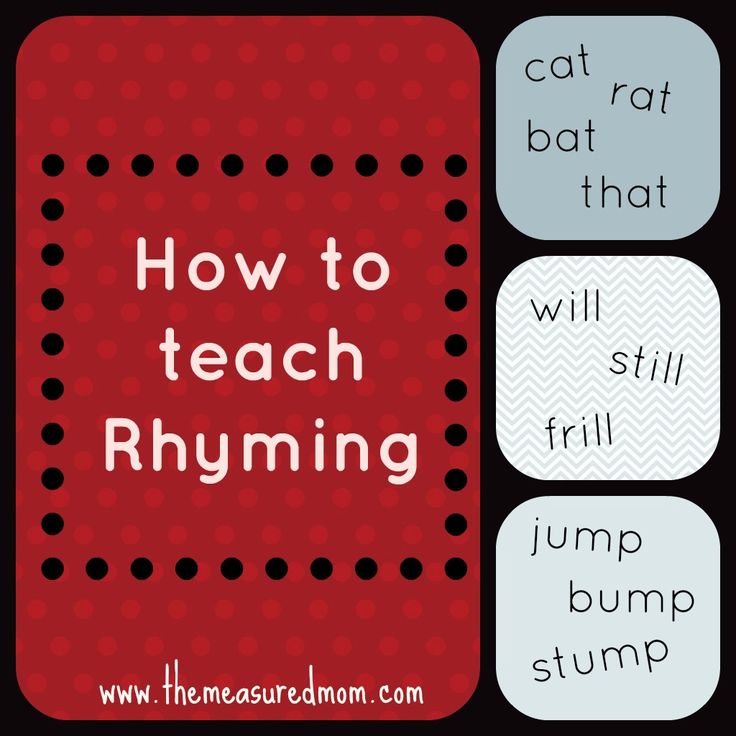 This is a mandatory rule of a culture of behavior that is brought up not with the help of moralizing, some special moralizing, but by all way, way of life, relationships that exist in the family.
This is a mandatory rule of a culture of behavior that is brought up not with the help of moralizing, some special moralizing, but by all way, way of life, relationships that exist in the family.
The personal charm of a person is manifested in the ability to speak, talk. Important Don't raise your voice, don't give orders. It must be remembered that compliance courtesy protects from many conflicts, creates a benevolent atmosphere, improves mood. Politeness is both a character trait and an art behave in society. The child learns this by imitating adults. And for any conditions must be taught politely, not rudely.
7. Remember: you are the main educator, you are an example.
An indispensable condition for educating children in a culture of communication is the formation of their position of openness, friendliness, trust, feelings the joys of fellowship.
3) The culture of speech is another component of the culture of behavior. It is considered as mastery of the norms of oral and written language.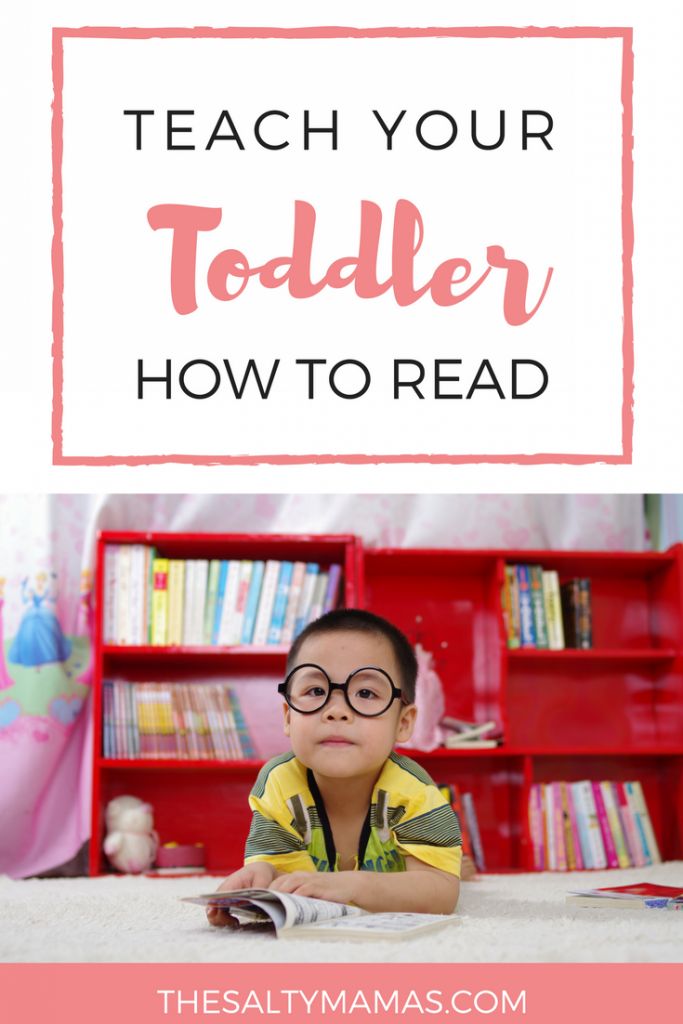
How a person owns this means of communication is judged about his level of education.
The art of communicating with people other than the ability to speak, to conduct a conversation includes the ability to listen carefully to the interlocutor. kill a person, not letting him speak to the end was considered and is considered riding faux pas. A well-mannered person will never allow himself to talk while sitting, if the interlocutors are standing.
Art to argue without violating good relations, you also need to learn from childhood. Our language is rich. But in lately we hear few kind words from both adults and children. BUT so that the upbringing of your child does not take place in fits and starts, give they have more time in the evenings and on weekends. Swearing in front of children is not allowed. The essential attributes should be humor, joke, wit.
We all have a choice in raising our own child. But it depends on you to a greater extent how your the child as he enters into adulthood. School and teachers will help him become educated, cultured, will help find a way out of difficult situations. Important remember that the greatest influence on the formation of a child's personality is exerted by real actions and behavior of parents, not their words and moralizing
School and teachers will help him become educated, cultured, will help find a way out of difficult situations. Important remember that the greatest influence on the formation of a child's personality is exerted by real actions and behavior of parents, not their words and moralizing
Note to Parents
sensitivity. Very soon, he will start imitating you and doing this in the first place. towards you.
2. Do not be rude or use foul language yourself. your habit become a habit for your child.
3. Do not talk badly or disrespectfully about strangers. If you set an example in this to your child, expect him to say the same soon. most about you.
4. Be considerate towards other people. it a lesson in kindness and humanity to your child.
5. Don't be afraid to apologize to someone in front of you. your child. At this point, you have nothing to lose, only gain respect. your child.
your child.
6. Show nobility even when you are very if you don’t want to show it, teach this quality to your child.
7. Remember that behavior is a mirror in which reflects the true face of each.
Annexes to the meeting:
1. Questionnaire for students
Do you consider yourself a cultured person? If yes, then mark in this list those actions that you consider decent with a + sign; those actions that you consider indecent, sign ─.
Shouting loudly
Fighting
Interrupting another person in a conversation
Copying from someone else's notebook
Asking inappropriate questions
Swist
greedy
Lie
Silence, if someone committed a bad act
to envy someone
to be indifferent to someone else's misfortune
Friends
Claim about anyone
,not pay attention if someone is offended
Sneak
2.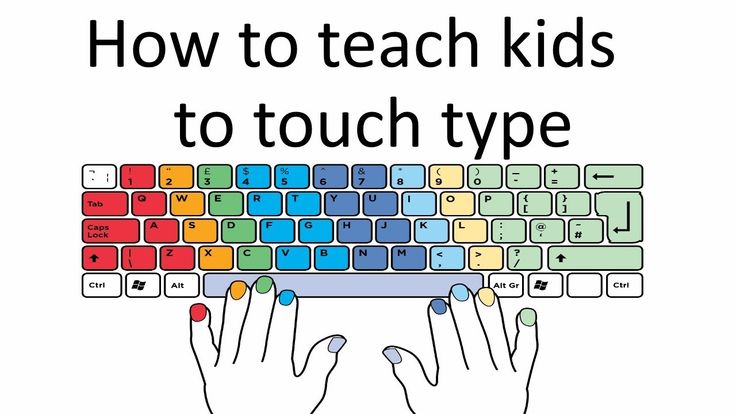
Learn more

